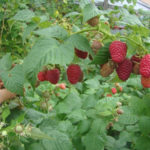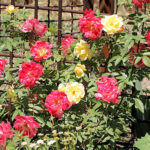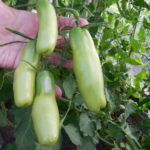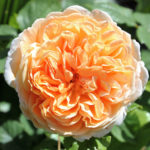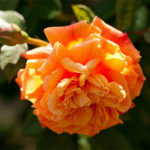Colorado spruce Edith
Thorny spruce deservedly occupy a prominent place in the entire world "spruce variety". True, among non-specialists, they are better known under the name of gray, or blue spruces. And all over the wine - their beautiful, with a bluish tinge, needles.
And here it is interesting to know that in the homeland of this species, in North America, in fact, only a small part of the plants has such a winning color. The overwhelming majority are just green, like the European spruce that we are used to. And only rare specimens are distinguished by unusual, gray needles. Breeders have been catching them for about two centuries, so that in the future, using all their knowledge, they can get truly blue, slender varieties that adorn park alleys, memorials, or even just garden plots. We will now tell you about one of these varieties.
A few words about biography
Reference books indicate that Edith (Picea pungens Edith) was born in 1975, in a nursery in the Polish city of Sopot. The breeder who managed to develop a new variety turned out to be Elemir Barabitz, and he gave the name to his brainchild in honor of his wife.
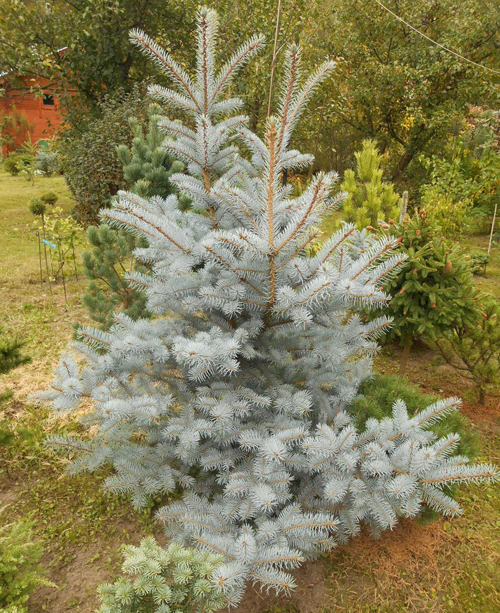
Apparently, Elemir in his work used a well-known, well-established variety as a starting material. Hoopsie (popular, by the way, still). Indeed, these cultivars are very similar, and Edith can be considered just an elite form of Hoopsie: with a slender crown, with enhanced blue needles.
Description of appearance
So, we imperceptibly touched on the question of how our heroine looks like, and how she differs from her relatives. We have already said about the unusual color: it is worth noting that Edith is rightly considered "the bluest of all blue spruces."
The severity of the outline of its crown is also noted - it has an almost perfect conical shape. To top it all, the crown is famous for its density, which is largely due to its needles - unusually thin, growing very densely on the branches.
Like most thorny spruces, this one also grows slowly at first, reaching a height of 1.5 - 2 meters by the age of 10. In the future, the growth rate increases markedly (about 20-30 cm per year), and at the age of 20, Edith can have a height of 5 to 6 meters, with a crown diameter of half. However, even in mature years, its specimens usually never grow above 10 - 12 meters.
An important feature of the variety is that the trees themselves, without human intervention, in the very first years, emit a leader shoot, which later serves as the basis for the formation of the correct crown.
At the age of 6-8 years, small beautiful bumps appear on these spruces, from 3 to 6 cm long, having a predominantly cylindrical shape. At first, in the spring, they are pink, but gradually turn light brown.
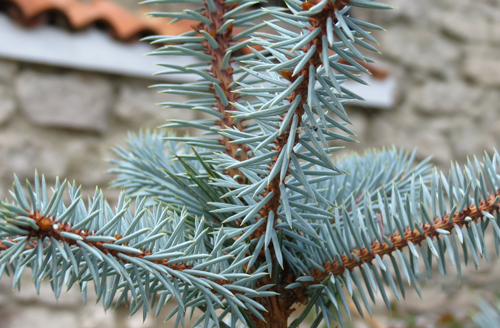
Features of agricultural technology
Like most thorny spruces, this variety has a high frost resistance (suitable for growing in the 3rd zone), and also successfully resists the gas pollution of the city air. Can grow in shaded conditions, but prefers sunny locations. In them, the crown becomes much more magnificent, and the color of the needles acquires a special blueness.
The soil requirements are also quite standard: well-drained, slightly acidic, preferably with a high sand content. Edith, more than many thorny spruces, needs timely watering, does not tolerate drying out of the soil. In the first years of life, Christmas trees need a regular shower in case of hot, dry weather.
Application on the farm
We are dealing with a versatile variety. Its trees can be planted along city streets, in parks, in individual gardens. They look great both in group plantings and in single plantings.Edith can decorate a corner of the garden, giving it solemnity and classic charm.
Several of these trees can serve as an excellent backdrop for flowering plants, or (as a fence) cover an unsightly corner of the site, divide the garden into several zones. Do not forget that these plants look attractive even in winter, when the rest of the garden loses its beauty.
In addition, importantly, prickly spruces do not require much attention, especially adult specimens. They can be used to decorate suburban areas devoid of regular and close human attention.

